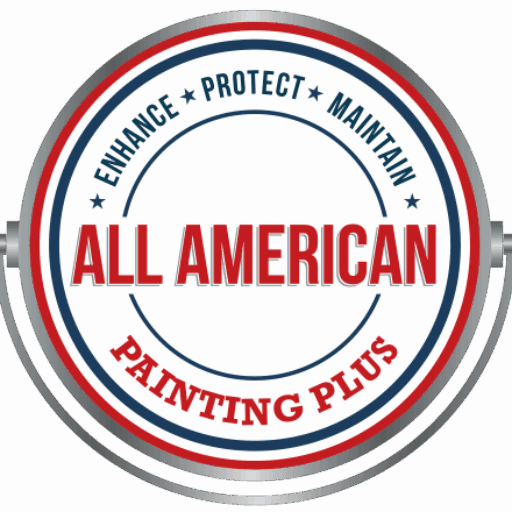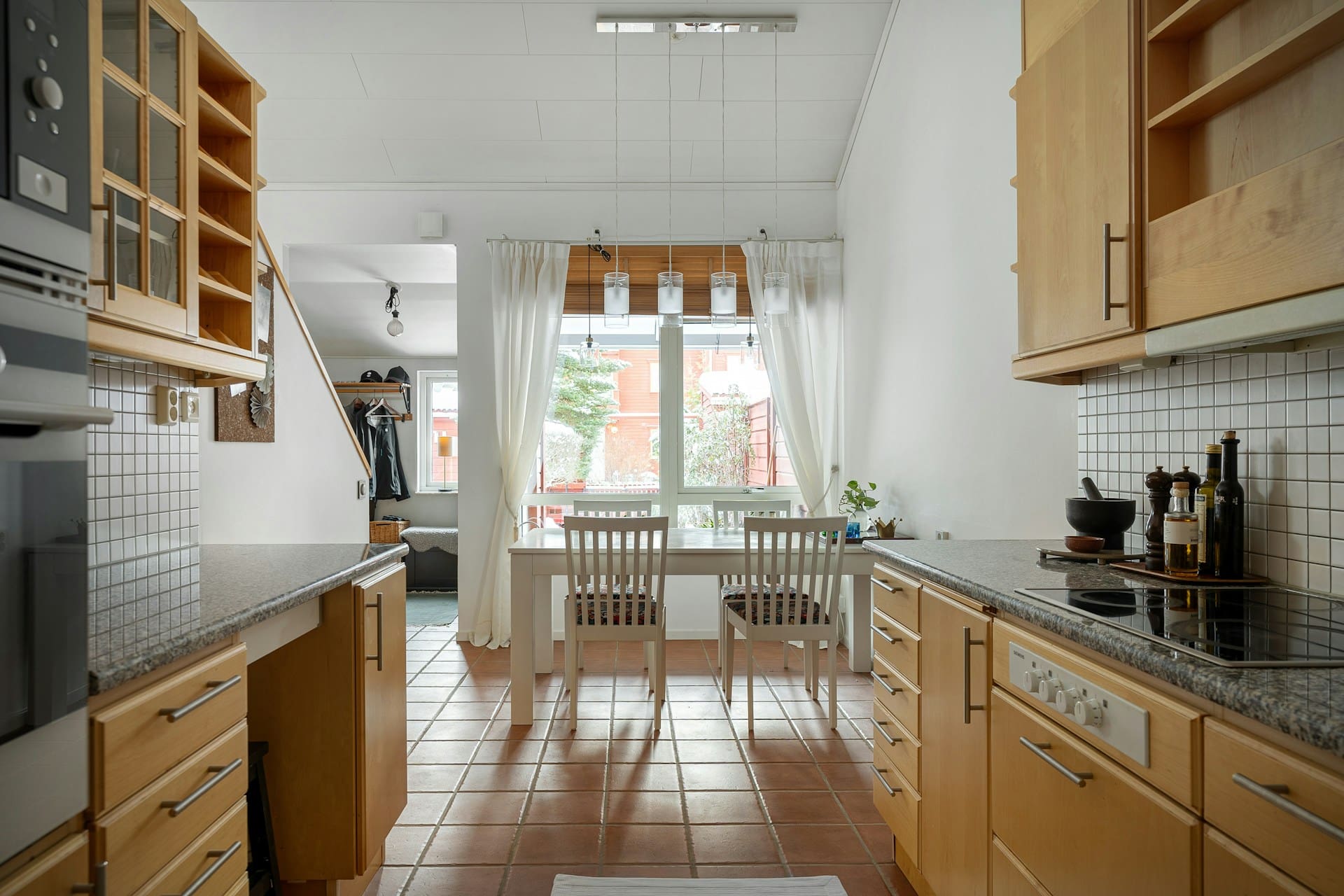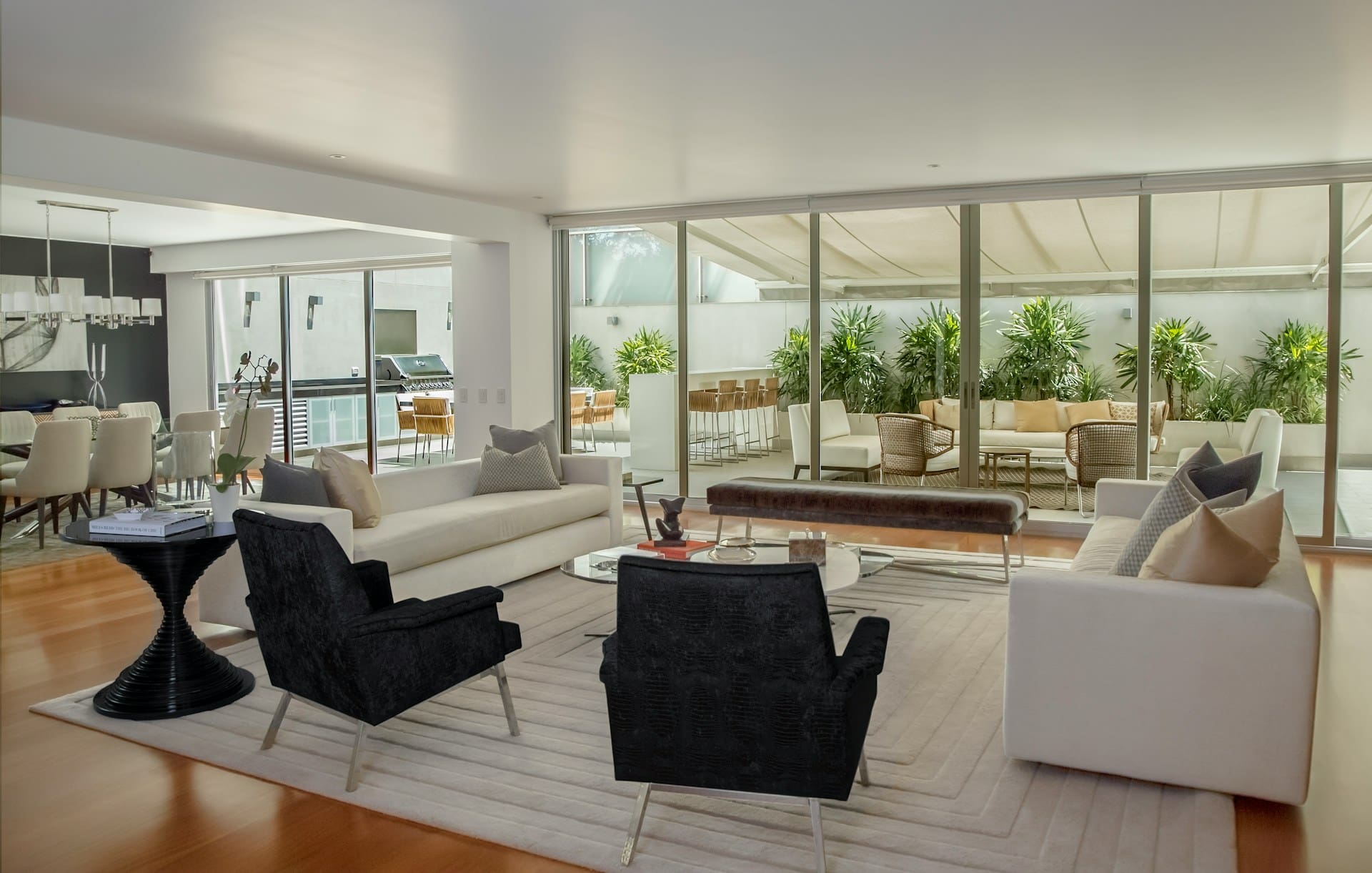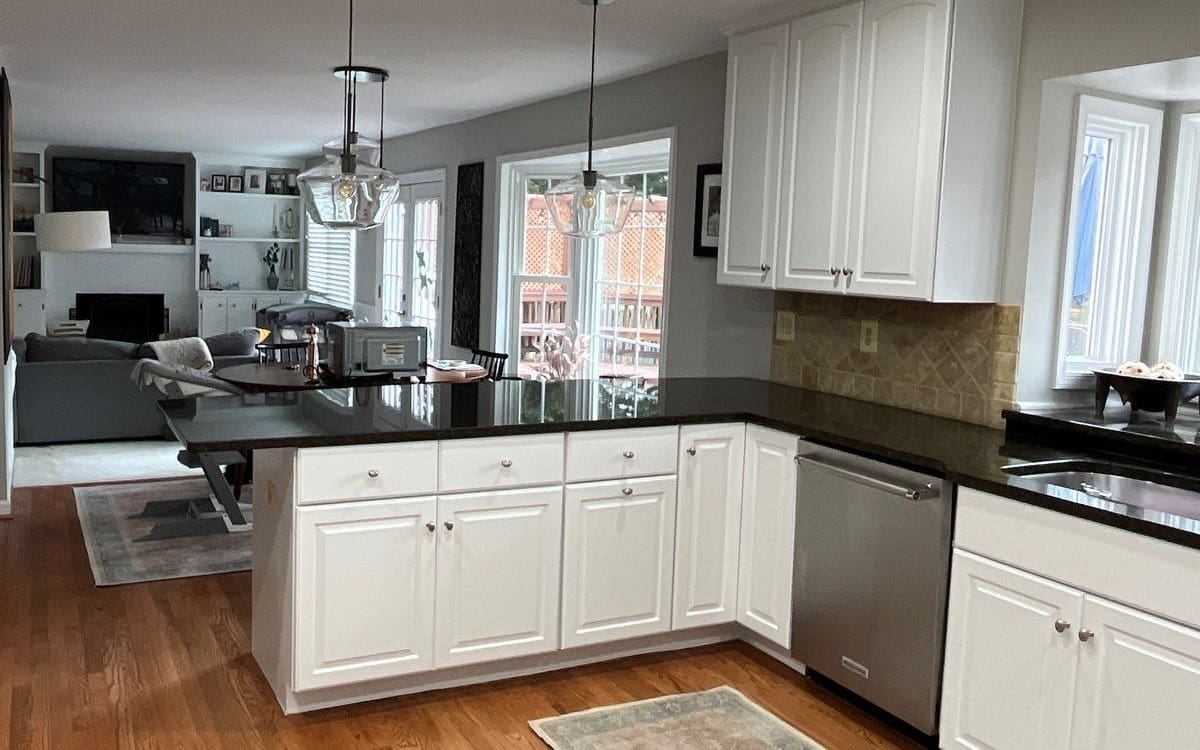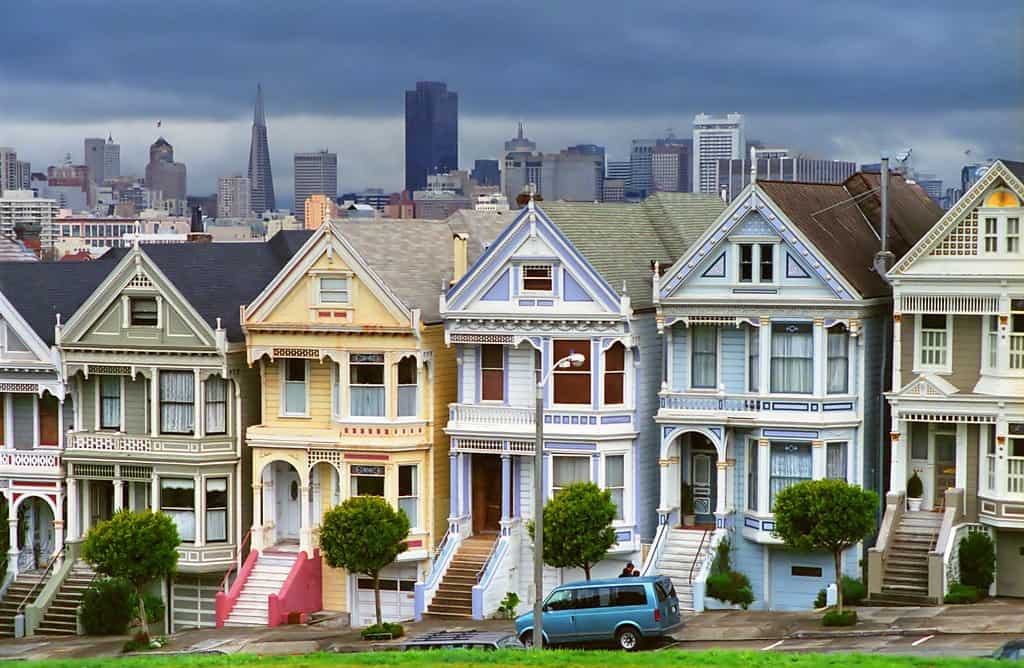
Choosing Historic Paint Colors for A House
It might surprise you to know that people in the 18th and 19th centuries didn’t typically choose somber, reserved colors for their homes. Sun and oxidation might have dulled the appearance of historic homes throughout America, but this doesn’t mean that interior and exterior residential painting wasn’t once incredibly vibrant. All American Painting Plus is interested in historical paint colors, and we sometimes get requests to restore old homes to their original appearances.
One of the best examples of bygone color preferences is found in Monticello, the preserved home of Thomas Jefferson. One of the living areas within the massive estate is shockingly yellow. We’re talking electric lemon yellow. Jefferson was into everything new and interesting, and when a new pigment discovery made it possible to color entire walls with a brilliant yellow, he jumped at the opportunity. Few would be brave enough to choose this color today, hinting at the different preferences of an era sometimes thought of as boring and conservative.
New Scientific Methods and the Williamsburg Palette
A team of researchers started to study and restore colonial Williamsburg in the 1920’s. Back then it was assumed that the walls in people’s homes were always dull and lifeless, and they were repainting as such. However, contemporary methods allow us to study pigmentation composition to determine its original appearance, even if the original luster is long gone. What we found is that Williamsburg was actually filled with bright colors, as many as could be achieved with era paint making techniques.
Common Colors of Antiquity
Until the 19th century, the full range of colors we currently choose from simply was not available. However, long paint production techniques created vivid blues, bright yellows, deep reds, and many shades of green. By the mid 19th century, options started to explode in the American market, and by the 20th century, most of the basic colors we have today were available, though not in their current myriad variations. You can see perfectly preserved 19th century homes with wild coloration in the Painted Lady Houses of San Francisco.
Just because colors existed, however, doesn’t mean that they were universally available. Paint wasn’t pre-mixed and sold in cans until the 20th century, so earlier homeowners had to rely on the skill of regional paint makers, who used oils, expensive pigments, and their own skill to create colors closely resembling the requested hue.
Going Historical Today
If you own an older home, or simply want to have a newer home that resembles the colors of yore, there are a lot of resources to help you. You can pay to get the original paint on your house analyzed to tell you the exact nature of its original color. Or you can peruse the selections in historic color collections from Benjamin Moore, Valspar, and others.
All American Painting Plus is also a great resource. Our knowledge of historic colorations of old Southern homes is vast, and we can give you a lot of advice about how to choose the perfect colors for your chosen effect. Choosing residential painting contractors with experience and knowledge is the key point in creating the perfect historically accurate residential paint job. All American Painting Plus can make sure the job is done right!
